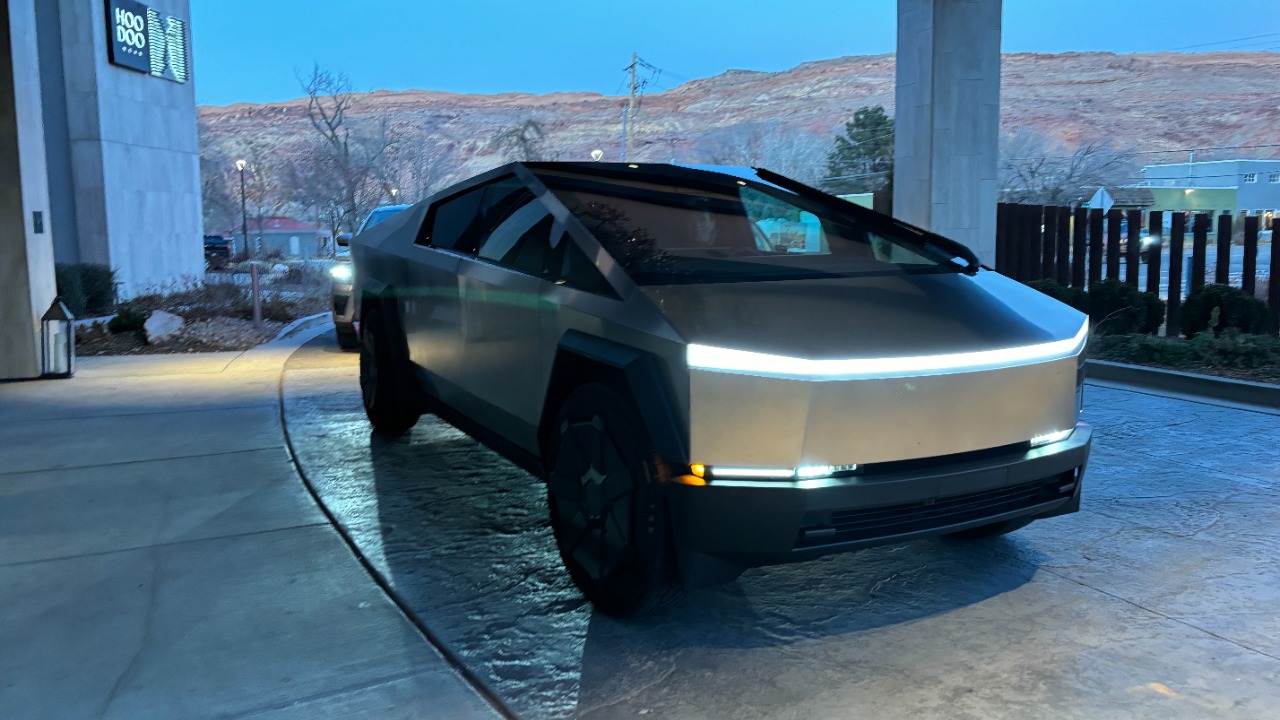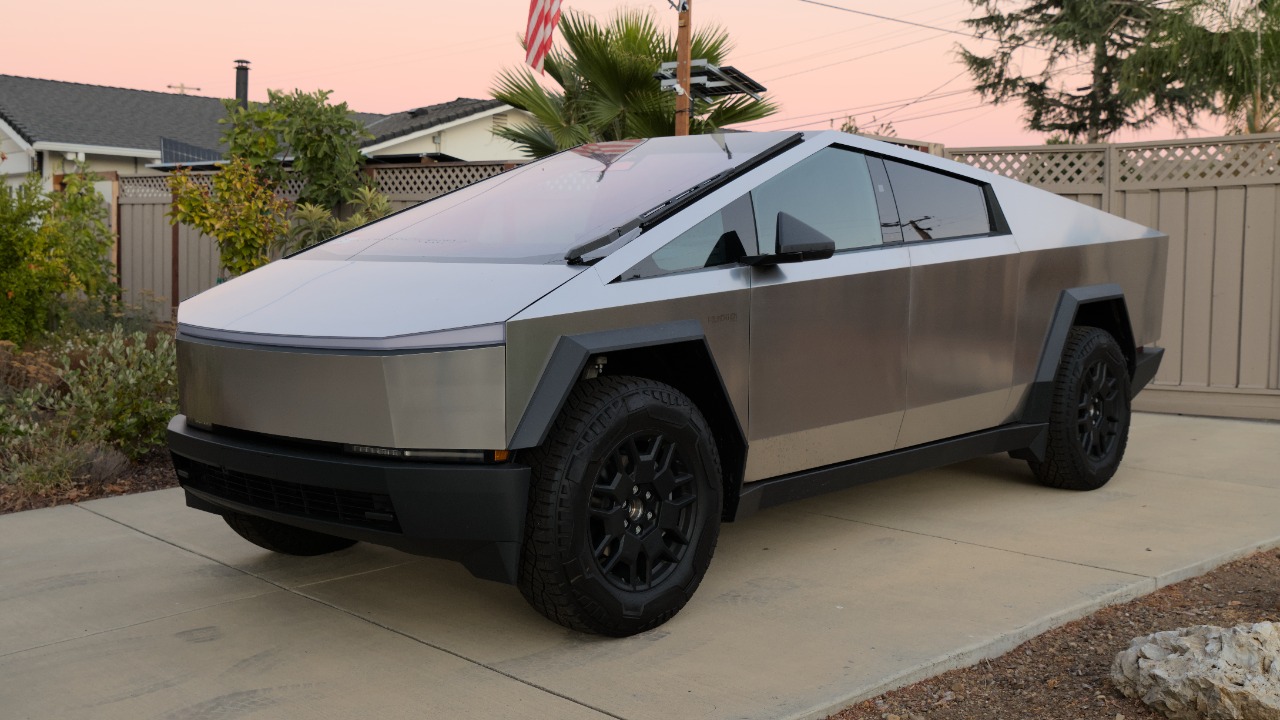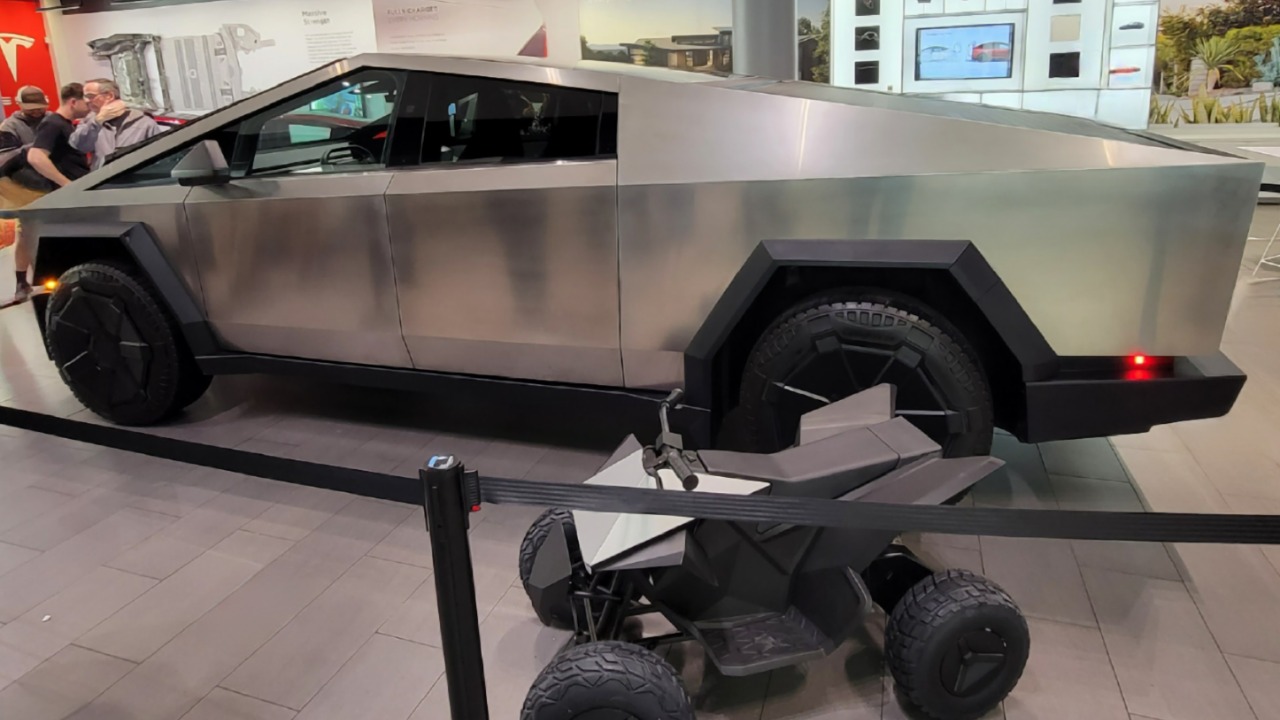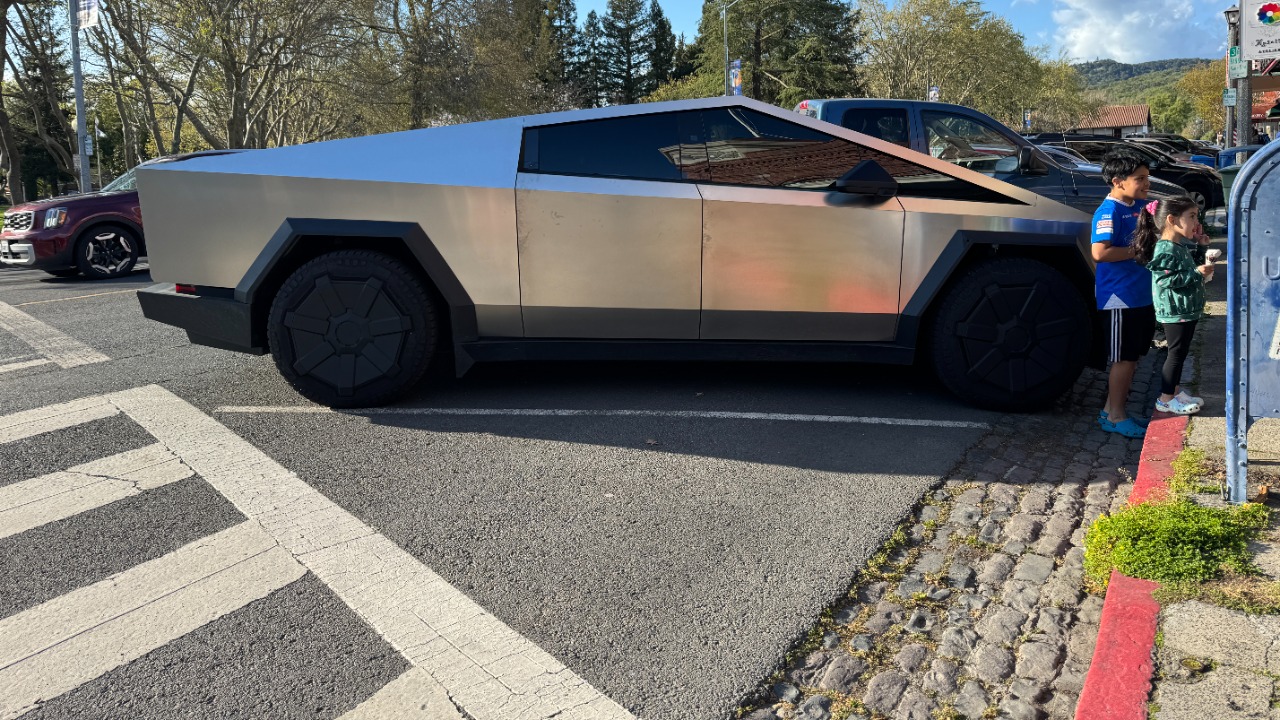
The once highly anticipated Tesla Cybertruck is now facing a surprising downturn in its market trajectory. As prices plummet, Tesla dealers are grappling with the challenges of selling these futuristic vehicles amidst declining demand and shifting consumer expectations.
The Rise and Fall of the Cybertruck: A Market Overview

When Tesla first unveiled the Cybertruck in 2019, it was met with a wave of excitement and anticipation. The vehicle’s unique design and promise of groundbreaking performance features captivated consumers and industry experts alike. Initial predictions were optimistic, with many expecting the Cybertruck to revolutionize the electric vehicle (EV) market. Its futuristic look, combined with Tesla’s reputation for innovation, set high expectations for its market entry.
However, the landscape has shifted significantly since those early days. Factors contributing to declining prices include market saturation, where the supply of Cybertrucks now exceeds consumer demand. Additionally, competitive pressures from other EV manufacturers have intensified. With companies like Rivian and Ford launching their electric trucks, consumers are presented with more options, some of which offer better value or innovative features that the Cybertruck lacks. This competitive environment has undoubtedly contributed to the sharp decline in Cybertruck prices.
This downturn in sales and pricing has implications for Tesla’s brand image. The Cybertruck, once seen as a symbol of Tesla’s innovative edge, is now facing skepticism. Investors, who once viewed Tesla as the vanguard of the EV revolution, are now questioning its strategy as it struggles to maintain its market position. This situation raises concerns about Tesla’s ability to sustain its brand reputation amidst evolving consumer expectations and competitive dynamics.
Challenges Faced by Tesla Dealers

With demand for the Cybertruck waning, Tesla dealers are encountering significant inventory management issues. Vehicles that once flew off the shelves are now gathering dust in showrooms. This surplus inventory poses a logistical challenge, complicating storage and display strategies while tying up valuable capital that could be used elsewhere. Dealers are left in a difficult position, attempting to balance the need for quick sales with the reality of reduced consumer interest.
Customer reluctance and skepticism further exacerbate these challenges. The Cybertruck’s radical design, initially a selling point, now acts as a deterrent for some potential buyers. Concerns about performance, particularly in comparison to newer models from competitors, also play a role. Many consumers are opting for vehicles that better align with their design preferences and performance expectations.
The financial strain on dealerships is considerable. With reduced profit margins due to falling prices, dealers are under pressure to cut costs while still maintaining operations. Increased operational costs, such as those related to marketing and incentives, further squeeze their bottom line, making it difficult to achieve financial stability in the current market environment.
Competitive Landscape and Consumer Preferences

The rise of electric vehicle alternatives is a critical factor in the Cybertruck’s declining fortunes. Rivian’s R1T and Ford’s F-150 Lightning are capturing consumer interest with their compelling mix of performance, design, and price. These alternatives not only offer competitive features but also address some of the Cybertruck’s perceived shortcomings. As a result, Tesla finds itself in a more crowded and competitive marketplace.
Consumer preferences are also shifting. Today’s buyers are increasingly focused on sustainability, practicality, and affordability in their vehicle choices. The Cybertruck, with its bold design and high price point, may not align with these evolving priorities. Consumers are looking for vehicles that are not only innovative but also meet practical needs and budget considerations.
Innovation and technology remain crucial in capturing consumer interest in the EV market. Continuous advancements, such as improved battery technology and autonomous driving features, are key to maintaining relevance. Tesla must ensure that the Cybertruck keeps pace with these innovations if it hopes to regain its competitive edge.
Strategies for Mitigating Price Declines

To counter the decline in Cybertruck prices, dealers are employing a range of strategies. Dealer incentives and promotions have become common tools to boost sales. By offering discounts or special financing options, dealers hope to attract buyers who are on the fence. While such strategies can be effective in the short term, they often come at the cost of reduced profit margins.
Enhancing the customer experience is another approach being explored. Dealers are investing in training staff to provide exceptional service, ensuring that potential buyers feel supported and informed throughout the purchasing process. Creating a positive buying experience can help overcome some of the hesitations consumers may have about the Cybertruck.
Long-term solutions and adaptations are necessary to stabilize prices and restore consumer confidence. Tesla and its dealers may need to consider strategic partnerships or collaborations that can enhance the Cybertruck’s value proposition. Whether through technology integration or co-marketing initiatives, these partnerships could provide a fresh perspective and renewed interest in the vehicle.
The Future of Tesla’s Cybertruck in an Evolving Market

Looking ahead, the potential for market recovery depends on several factors. For the Cybertruck to regain its former glory, Tesla must address the underlying issues that have led to its current challenges. This includes aligning the vehicle with consumer expectations and ensuring that it remains competitive in a rapidly changing market.
There are valuable lessons for the automotive industry to take from the Cybertruck’s pricing challenges. The importance of understanding consumer preferences and anticipating market trends cannot be overstated. Automakers must remain agile and responsive, ready to adapt their strategies as the market evolves.
Strategic partnerships could play a significant role in revitalizing the Cybertruck’s market presence. Collaborations with technology firms or other automakers could enhance the vehicle’s appeal and broaden its market reach. By leveraging the strengths of different partners, Tesla could create a more compelling offering that resonates with a wider audience.